With a ‘real’ camera, travel photos are automatically better than with a smartphone. Right? Only partially – but there is a good chance. This article looks at what cameras can do better than smartphones and what to look out for.
Page Contents (click line to jump the text)

Intro
Modern system cameras offer many options for those who want to get to grips with them and utilise these options. Those who prefer to take snapshots and don’t want to deal with large menus, lots of buttons and options are better off sticking with a smartphone.
If you want to improve your travel photography with your smartphone, you are welcome to read my article on the subject: https://ireland-insider.com/travel-photography-with-your-smartphone-tips-for-better-travel-photos/.

Such photographic equipment with a DSLM and several lenses can be quite expensive. You might also need a photo bag, a tripod, spare batteries, memory cards, a cleaning kit and much more.
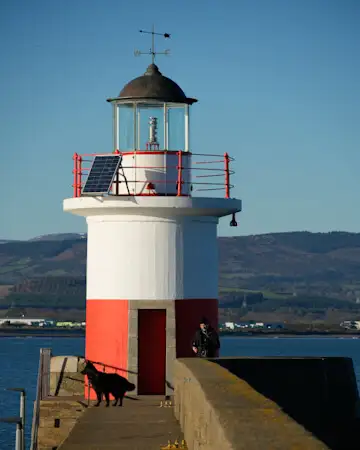
Some people are put off by this, others (like me) like to buy equipment. But remember that you’ll be carrying everything around with you… 🙂
So what can such equipment do better than a smartphone? We’ll get to that now…
The camera’s image sensor is much larger and much better
A modern DSLM usually has an image sensor with around 24 megapixels. There are also more expensive cameras with 40, 50 or 60 megapixels for photographers who want more resolution.
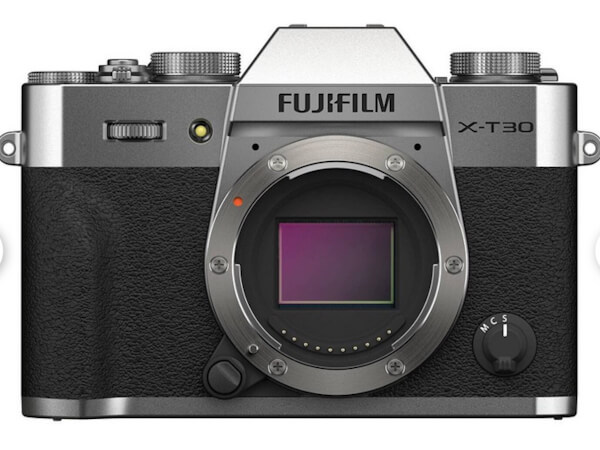
The higher the resolution, the more details the sensor can process and capture. There are also a few disadvantages, but let’s leave it at that for now. You can do a lot with a standard camera of around 24 megapixels, even professionally.
Smartphones, some of which advertise with 50 megapixels, have comparatively tiny sensors. No matter what the manufacturer promises, the sensors are NOT comparable to those of system cameras.

You will notice this when you try to enlarge a photo by scrolling in. The quality of the image then collapses very quickly. The same thing happens with digital zooming on a mobile phone, which is basically just cropping, scrolling in or enlarging a section.
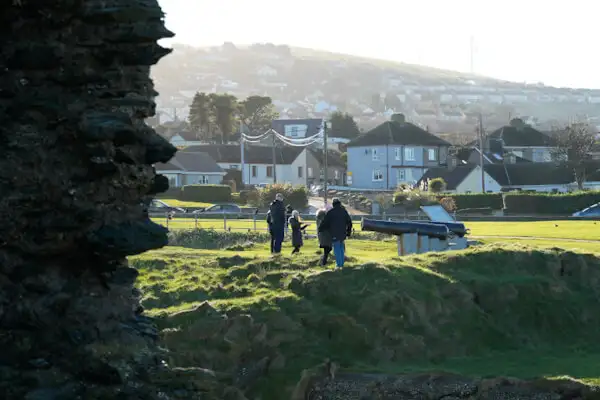
You also notice this when you take photos with your smartphone in poor light. The image quickly becomes colourless and washed out and there is no detail in the shadows. Smartphones have improved in this respect, but there are technical limits.
This is completely different with the system camera, with which you still have a lot of details and colours in the shadows even in poor light, can crop the image very well (crop enlargement) and get better colour gradations.
Why? Because the large sensor of the camera can record so much more information than the tiny sensor of the smartphone.
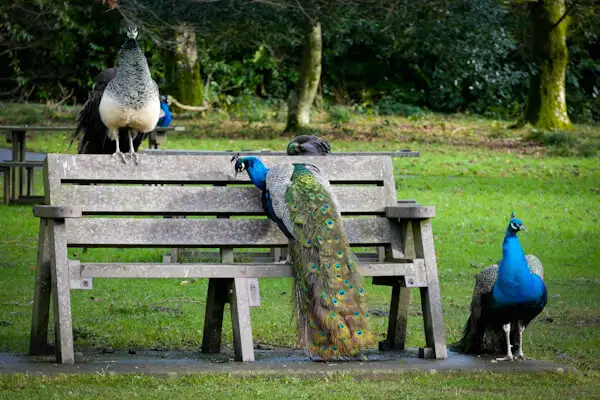
Camera sensors also vary in size. Full-frame sensors, somewhat smaller (factor 1.5-1.6 approx.) APSC sensors and even smaller MFT sensors (Micro-Four-Thirds with a factor of 2) are common. However, all of them are MUCH larger than the smartphone sensor.
The lenses are bigger and much better
A larger lens on a system camera has several lenses and, above all, large lenses that collect a lot of light. The lenses of smartphones are comparatively tiny and not at all comparable in terms of their optical imaging performance.
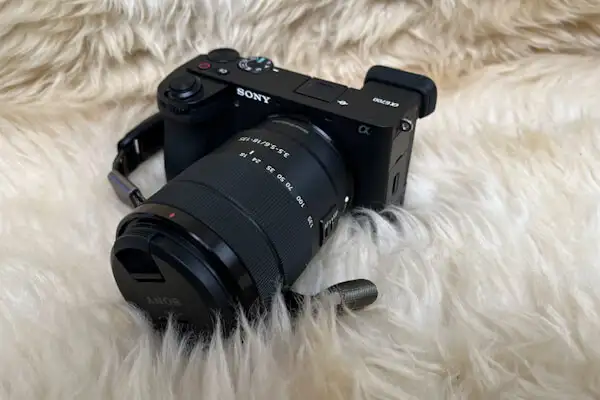
You are also offered many different lenses for many different applications. From ultra-wide to super-telephoto, from versatile zooms to fast fixed focal lengths, there are no limits.
An inexpensive smartphone usually only has one lens, in the mid-range price segment perhaps two and in the upper class then three or four.
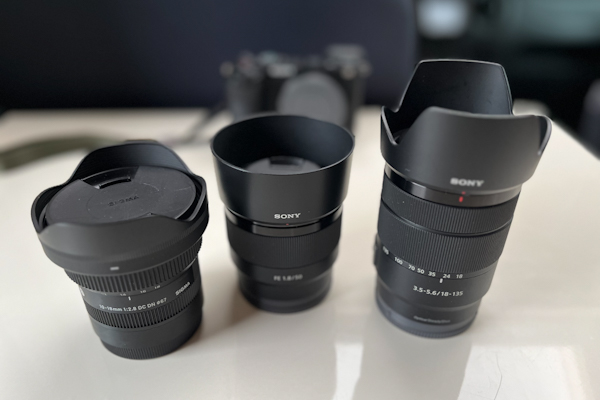
The standard focal length for most smartphones is around 26-28mm. In terms of a camera, this is not a standard lens, but a wide-angle lens. Smartphone photos are usually correspondingly wide-angle. Incidentally, the normal focal length or a normal lens is around 45-50mm focal length. Then the images look ‘normal’ to the human eye, i.e. neither distorted nor telephoto compressed.
The system camera has more setting options
Take a look at the menu on your smartphone and compare it with the menu on a camera. With modern cameras, there are an incredible number of options for influencing the photographic process – and the result. On a smartphone, even a high-end smartphone, there are comparatively few options.
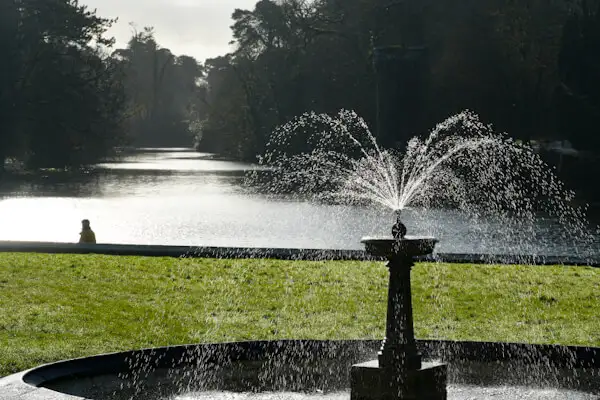
This is both a blessing and a curse. Anyone who doesn’t want to deal with manual settings is better off using a smartphone. After all, nothing is more frustrating than accidentally pressing the wrong buttons and making a mess of things.
But if you get to grips with the more complex system camera, a whole new world of photography opens up!
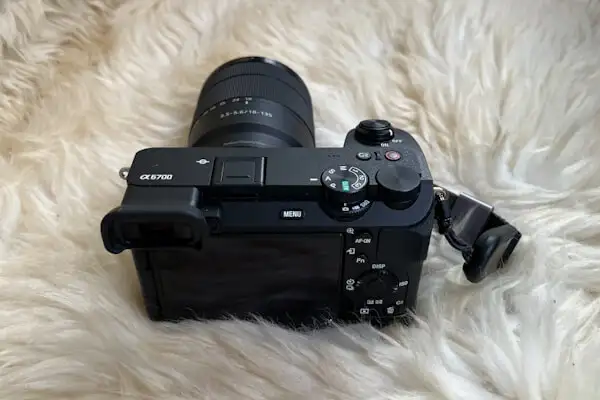
More options in post-processing
I used to take 36 photos with my analogue SLR, develop the film roll in my basement darkroom and then make enlarged prints – the finished paper photos. And then there were slides…
Today, I take digital photos, copy the files into editing software (in my case it’s Lightroom) and edit them.
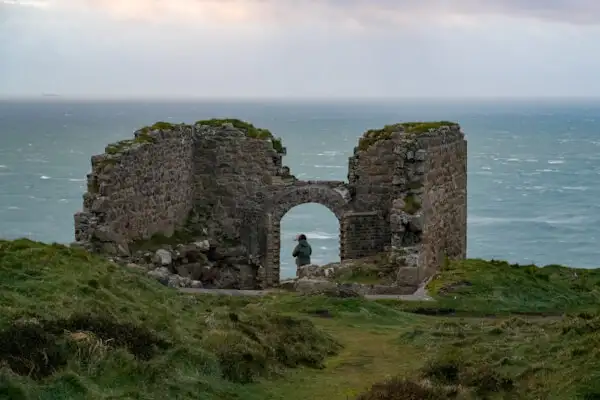
The possibilities today are incomparably more than back then!!!
I’m not talking about dramatically distorting the image. Simply straightening the horizon, cropping in a little, adjusting highlights and shadows, accentuating individual colours a little – all this can improve a good picture and perhaps save a mediocre one.
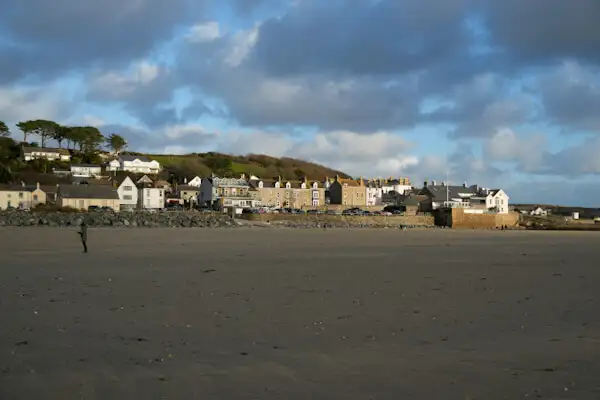
In addition, when shooting, I already have the choice between shooting in RAW format, which can store a lot more image information but absolutely needs to be post-processed, and JPEG format, which I can post-process, or not. There are also other formats such as HEIF or HEIC if I prefer them. Accordingly, I can save my photo in a different format after processing, for example photographing in RAW and saving as a JPEG.
Some of this can also be done with a smartphone – but how many people use it?
Post-processing is essentially the second step in photography with a system camera and offers you many creative options for customising the image to your liking. You are relatively independent of the colours or contrasts that your smartphone gives you.
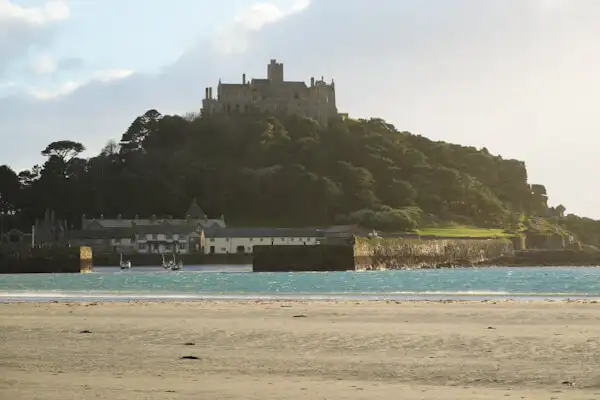
The camera’s ergonomics are much better
I don’t have a good relationship with my smartphone. Yes, the thing is simply necessary and yes, it works and yes, it can do a lot. But I do use it to take photos because I have it with me, but I don’t like the process.
The damn glass shard just can’t be gripped properly, has no proper buttons and if I accidentally touch something with my hand, I end up somewhere completely different than I intended. How often do I want to take a simple photo and find myself in video mode or panorama mode…!
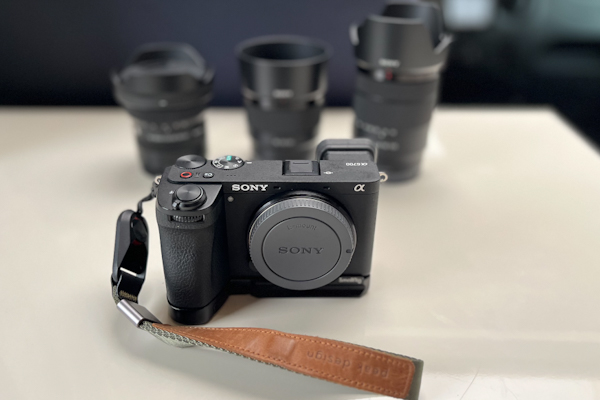
The camera is completely different: a super grip, sensible controls, a rotating and swivelling display and a sensible viewfinder. This makes photography fun!!!
What smartphones can do better
A hackneyed but not untrue photographer’s adage says: the best camera is the one you have with you. This almost always applies to smartphones. And although I don’t like it, I will continue to use it for this very reason.
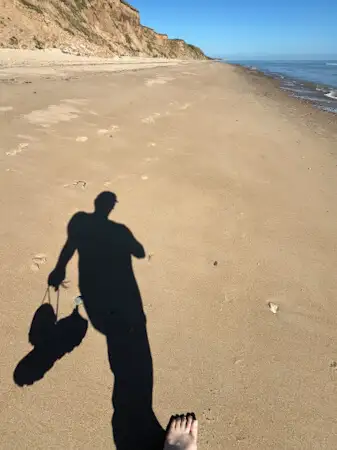
The bigger your camera equipment, the less likely it is that you will always be carrying it around with you. That’s why I opted for a fairly compact and very lightweight system camera, because I want to have it with me as often as possible without having to lug it around. This usually works when travelling. Less so in everyday life, where the smartphone is the winner.
If you want to take the step from snapping to conscious photography, then your trusty smartphone will be a good companion for a while yet. This is because it allows you to concentrate on light and shadow, colour and composition without having to deal with too much technology, which will take your photography further more quickly than the other way round.

Sometimes you want to take photos without being particularly conspicuous. If you take a photo with your smartphone, you hardly stand out. When you point a camera at people, you always stand out, no matter how small the camera may be. But it still works, as good street photographers prove time and again. And we don’t want to be photo spies, we want to be photographers. So is inconspicuousness important? Only sometimes.
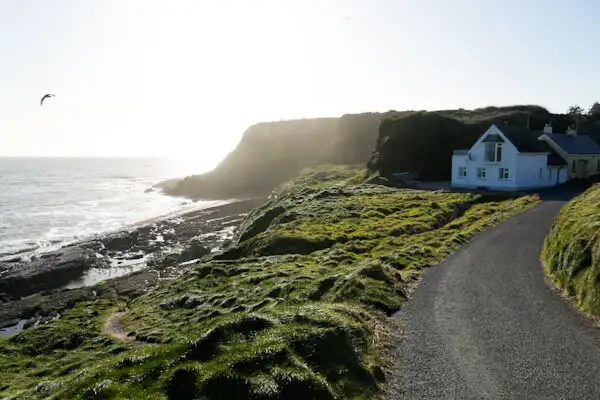
Conclusion
If you enjoy good camera technology and optics, if you want to take creative photographs, if you like to post-process your images, if you enjoy the photographic process, if you are prepared to invest in your hobby – both financially and through learning – then a system camera will open up a wonderful world for you that you would never have found with a smartphone
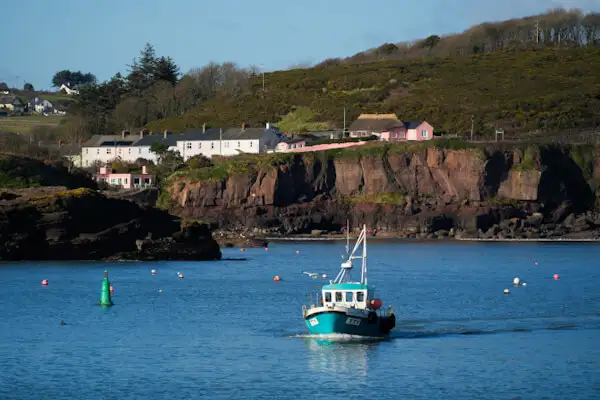
And if not when travelling, then when is it particularly exciting! Because when we’re travelling, we have lots of new visual impressions that we want to and can capture with the camera. Wonderful world of photography!!!
I wish you lots of fun with your move from smartphone to system camera!
More interesting articles for you
Travel photography with your smartphone – tips for better travel photos
Basic technical know how for your travel camera
Which lenses for travel photography?
Affordable travel cameras for beginners
Picture credits cover picture: Wexford (Photo: Ulrich Knüppel-Gertberg)